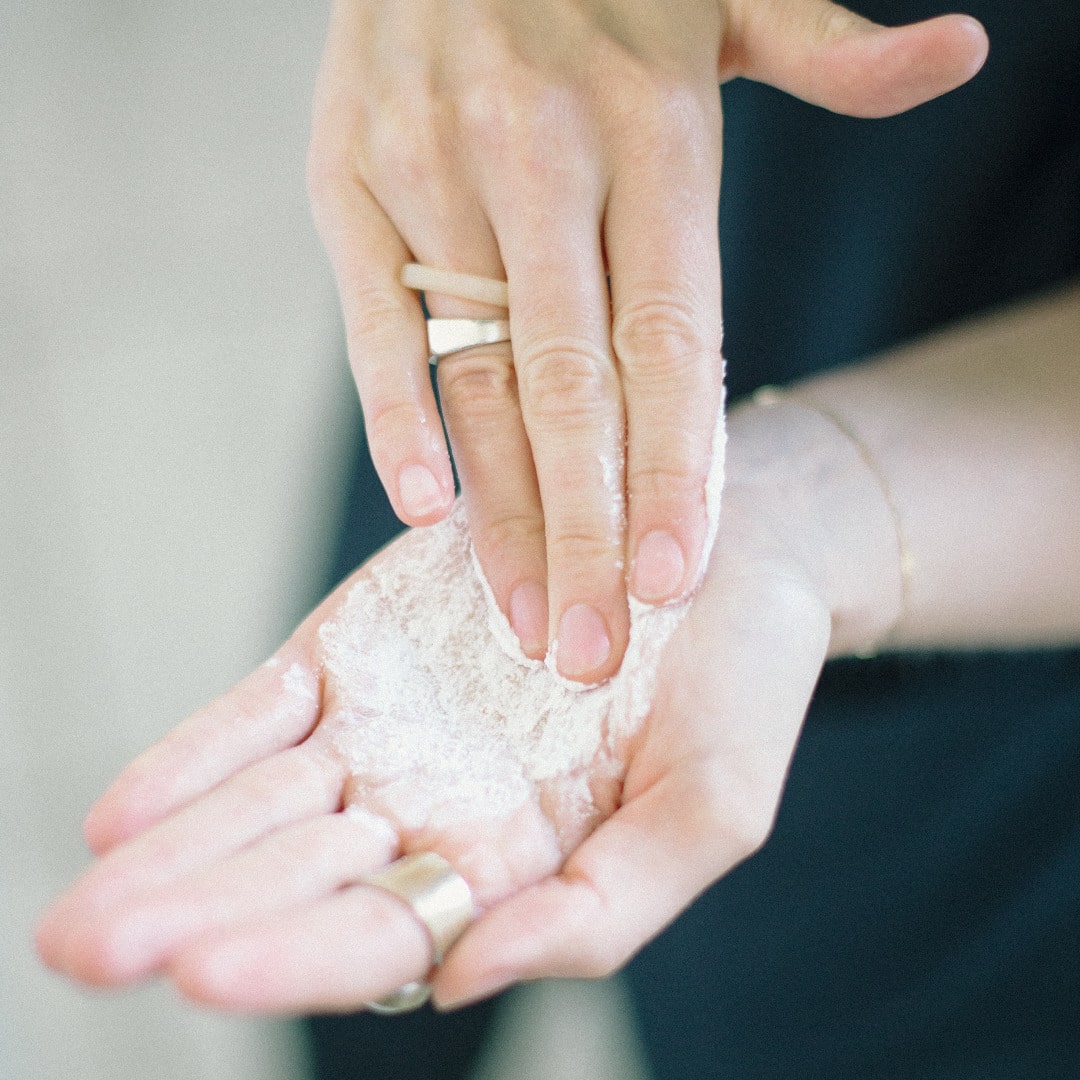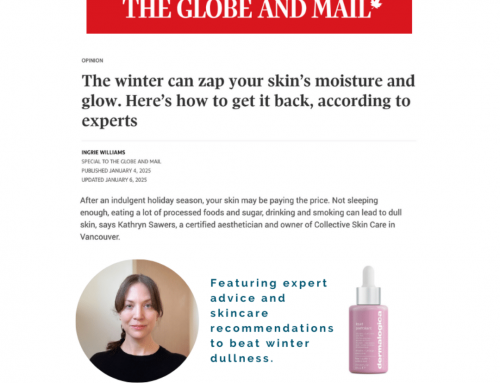Top 13 Skin Care Ingredients to Avoid (and Why Oxybenzone Deserves a Deeper Look)
In honour of Earth Day, we are taking a closer look at the skin care ingredients you may want to avoid for the health of your skin, and the planet! Whether you’re a skincare minimalist or a 10-step routine devotee, knowing what not to put on your face is just as important as what you do. Here are 13 skin care ingredients that skin experts widely recommend avoiding:
1. Parabens
Parabens, such as methylparaben and propylparaben, are commonly used as preservatives in cosmetics. They’ve been linked to hormone disruption, potentially mimicking estrogen and affecting reproductive health. While the FDA hasn’t banned them, the European Union has restricted their use due to these concerns.
2. Phthalates
Often hidden under the term “fragrance” on labels, phthalates are used to make products more pliable and to help fragrances last longer. They’ve been associated with endocrine disruption, reproductive issues, and developmental problems. The European Union has banned several types of phthalates in cosmetics, but they remain prevalent in products elsewhere.
3. Triclosan
Originally used as an antibacterial agent, triclosan has been found to disrupt thyroid hormone metabolism and contribute to antibiotic resistance. The FDA banned its use in over-the-counter antiseptic products in 2017, but it can still be found in some cosmetics and personal care items.
4. Formaldehyde & Formaldehyde-Releasers
Formaldehyde is a known carcinogen used in some hair and nail products. Even if not listed directly, it can be released from preservatives like DMDM hydantoin and quaternium-15. Exposure can lead to skin irritation and allergic reactions.
5. Sodium Lauryl Sulfate (SLS)
SLS is a detergent and surfactant found in many cleansers and shampoos. It can strip the skin of its natural oils, leading to dryness and irritation, especially for those with sensitive skin.
6. Oxybenzone
Commonly used in chemical sunscreens, oxybenzone can penetrate the skin and has been linked to hormone disruption and allergic reactions. Some studies suggest it may affect thyroid function. More on this below, but short version: potential hormone disruptor, skin allergen, and reef-damaging chemical used as an ultraviolet light filter.
7. Synthetic Fragrances
The term “fragrance” can encompass a mix of numerous chemicals, some of which may cause skin irritation, allergic reactions, or even hormone disruption. Because companies aren’t required to disclose the specific components, it’s challenging to know what’s included.
8. Methylisothiazolinone (MIT)
MIT is a preservative found in many water-based products. It’s been associated with allergic reactions and skin sensitization, leading to its restriction in leave-on products in several countries.
9. Diethanolamine (DEA)
DEA is used to make products creamy or foamy. It can react with other ingredients to form nitrosamines, which are potential carcinogens. The European Union has banned DEA in cosmetics, but it’s still found in some products elsewhere.
10. Polyethylene Glycols (PEGs)
PEGs are petroleum-based compounds used as thickeners, solvents, and softeners. They can be contaminated with harmful impurities like ethylene oxide and 1,4-dioxane, both of which are potential carcinogens.
11. Mineral Oil
Ah, the old-school moisturizer. While mineral oil is effective at trapping moisture, it’s also comedogenic (pore-clogging) for many skin types. It can create a barrier that suffocates the skin, leading to blackheads or breakouts. Though purified versions (like those in pharmaceuticals) are considered safe, the occlusive nature of mineral oil may not suit acne-prone or sensitive skin.
12. Artificial Dyes (e.g., Red 40, Yellow 5)
Used to make products look more appealing, artificial dyes are often derived from petroleum and can cause skin irritation, especially in those with sensitivities or allergies. Some dyes have also been linked to hyperactivity and other neurological issues in food studies, though more research is needed on topical effects. Either way, they don’t add any benefit to your skin—so why risk it?
13. Lanolin
This waxy substance derived from sheep’s wool is a popular emollient, but it can trigger allergic reactions, especially in those with sensitive or acne-prone skin. While refined versions are less likely to cause irritation, lanolin is still a no-go for people with compromised skin barriers or eczema.
Oxybenzone: A Deep Dive Into the Controversy
As we head into long summer days and the need to apply and reapply sunscreen we want to address the controversy over oxybenzone — a skin care ingredient commonly used as a chemical sunscreen filter.
What Is It?
Oxybenzone (benzophenone-3) is a chemical UV filter used in sunscreens and SPF skincare products. It absorbs UVB and short-wave UVA rays.
Why It’s a Concern
1. Hormone Disruption
Oxybenzone is absorbed through the skin and has been found in urine and breast milk. Studies suggest it may mimic estrogen and disrupt hormone levels. In a CDC study, 97% of Americans had detectable levels of oxybenzone.
2. Skin Reactions
It can cause photoallergic contact dermatitis—essentially a rash triggered by sun exposure after applying the product.
3. Environmental Impact
It damages coral reefs, even at low concentrations, leading to bans in Hawaii, Key West, and Palau.
Regulatory Status
- FDA (U.S.): Not currently recognized as GRASE (Generally Recognized as Safe and Effective).
- EU: Allows up to 6% in formulations but requires safety testing and labeling.
- Blood levels of oxybenzone exceeded the FDA’s threshold for concern (0.5 ng/mL) in multiple clinical studies.
Safer Sunscreen Alternatives
If you’re avoiding oxybenzone and its potentially harmful cousins, these skin care ingredients are considered to provide safe and effective UV protection:
- Zinc Oxide: Full-spectrum mineral protection, gentle on skin.
- Titanium Dioxide: Offers strong UVB protection.
- Avobenzone: Less controversial chemical filter.
Remember — it is good to keep the information we shared here in mind, but ultimately the best sunscreen is the one that you will happily wear. These are some fantastic mineral sunscreens that we love for their skin-feel and blend-ability.
Final Thoughts
The skin care aisle can be overwhelming, but knowledge is power. Avoiding harmful skin care ingredients like oxybenzone, parabens, and synthetic fragrances helps protect your skin, health, and the environment. Opt for clean, non-toxic alternatives that deliver results without the risk. If you are looking for more in depth guidance on products that will work best for your skin, book a consultation with one of our certified skin therapists. They will work with you to create a routine with safe skin care ingredients that deliver noticeable results for your skin.






